Home>Home Appliances>Kitchen Appliances>How To Make Turkey Jerky In A Dehydrator
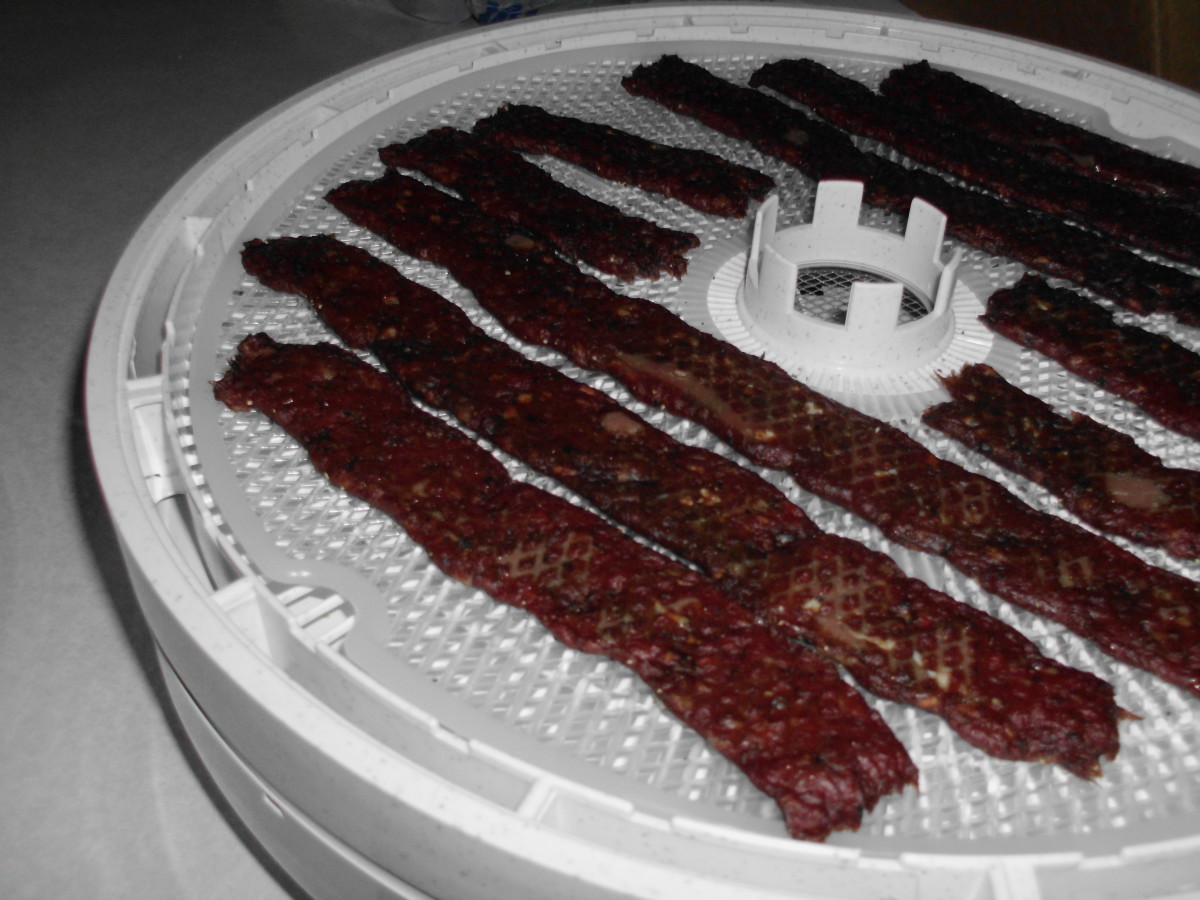

Kitchen Appliances
How To Make Turkey Jerky In A Dehydrator
Modified: August 17, 2024
Learn how to make delicious turkey jerky using a dehydrator in your kitchen. Discover the best techniques and recipes for homemade jerky. Perfect for kitchen appliances enthusiasts!
(Many of the links in this article redirect to a specific reviewed product. Your purchase of these products through affiliate links helps to generate commission for Storables.com, at no extra cost. Learn more)
Introduction
Welcome to the world of homemade turkey jerky! If you're a fan of healthy snacks that are packed with flavor and protein, then you're in for a treat. Making turkey jerky in a dehydrator is not only a fun and rewarding culinary adventure, but it also allows you to customize the flavors and seasonings to suit your taste preferences. Whether you're a seasoned jerky enthusiast or a newcomer to the art of food dehydration, this guide will walk you through the process of creating delicious turkey jerky right in your own kitchen.
Turkey jerky is a fantastic alternative to store-bought snacks, as it is free from the preservatives and additives commonly found in commercial products. By crafting your own turkey jerky, you can ensure that it is made from high-quality, lean turkey meat and seasoned with wholesome ingredients. Additionally, making turkey jerky at home allows you to experiment with various marinades, spices, and flavor profiles, giving you the freedom to tailor the jerky to your liking.
In this guide, we'll delve into the essential ingredients and equipment needed to prepare turkey jerky, as well as provide step-by-step instructions for the dehydration process. You'll also discover valuable tips for achieving the perfect texture and flavor, along with guidance on storing your homemade turkey jerky to maintain its freshness. So, roll up your sleeves, gather your ingredients, and get ready to embark on a culinary journey that will result in mouthwatering, protein-packed turkey jerky that's perfect for snacking anytime, anywhere.
Key Takeaways:
- Homemade turkey jerky is a customizable, preservative-free snack made with lean turkey breast and a variety of flavorful marinade ingredients. It’s a fun and rewarding culinary adventure that offers a protein-packed, on-the-go treat.
- Crafting turkey jerky requires lean turkey breast, a flavorful marinade, and a reliable dehydrator. The process involves slicing, marinating, dehydrating, and storing the jerky to ensure a satisfying texture and long-lasting freshness.
Read more: How To Make Deer Jerky In A Dehydrator
Ingredients
Before diving into the process of making turkey jerky, it's crucial to gather the essential ingredients that will contribute to its exceptional flavor and texture. The beauty of crafting homemade turkey jerky lies in the ability to customize the seasoning and marinade to suit your preferences. Here are the fundamental ingredients you'll need to create a delectable batch of turkey jerky:
- Fresh Turkey Breast: Start with high-quality, lean turkey breast, as it forms the foundation of your jerky. Opt for boneless and skinless turkey breast to ensure a lean and uniform texture.
- Marinade Ingredients: The marinade is where you can infuse your turkey jerky with an array of flavors. Common marinade components include soy sauce, Worcestershire sauce, honey, brown sugar, garlic powder, onion powder, black pepper, liquid smoke, and various spices such as paprika, cayenne pepper, or chili powder. Feel free to experiment with different combinations to achieve your desired taste profile.
- Salt and Pepper: These basic seasonings are essential for enhancing the flavor of the turkey jerky. While the marinade will contribute a significant amount of flavor, a sprinkle of salt and pepper before dehydrating will add an extra layer of savory goodness.
- Optional Flavor Enhancers: Depending on your preferences, you can incorporate additional flavor enhancers such as hot sauce, balsamic vinegar, teriyaki sauce, maple syrup, or liquid aminos to elevate the taste of your turkey jerky.
By carefully selecting and combining these ingredients, you can create a tantalizing marinade that will infuse the turkey with a harmonious blend of savory, sweet, and smoky flavors. The marinade not only imparts taste but also tenderizes the meat, resulting in a moist and flavorful jerky that is a joy to snack on.
With your ingredients at the ready, you're well-equipped to embark on the journey of transforming fresh turkey breast into delectable, homemade jerky. The next step is to ensure you have the necessary equipment to facilitate the dehydration process, which we'll explore in the following section.
Equipment Needed
Preparing turkey jerky involves more than just assembling the right ingredients; you’ll also need the appropriate equipment to ensure the dehydration process is seamless and successful. Here’s a rundown of the essential tools and appliances you’ll need to create delectable turkey jerky:
- Dehydrator: A reliable dehydrator is the cornerstone of crafting tender and flavorful turkey jerky. When selecting a dehydrator, look for one with adjustable temperature settings, ample drying space, and easy-to-clean trays. Dehydrators with built-in timers and consistent heat distribution are particularly advantageous for achieving uniform drying results.
- Sharp Knife: A sharp knife is essential for slicing the turkey breast into thin, uniform strips. Consistent slicing ensures that the turkey jerky dries evenly and results in a satisfying texture.
- Large Bowl or Sealable Bag: Use a large bowl or sealable plastic bag to marinate the turkey strips thoroughly. The bowl or bag should be non-reactive to avoid any interaction with the marinade ingredients.
- Measuring Spoons and Cups: Accurately measuring the marinade ingredients is crucial for achieving the desired flavor profile. A set of measuring spoons and cups will help you maintain precision in your seasoning and marinade preparation.
- Aluminum Foil or Parchment Paper: Lining the dehydrator trays with aluminum foil or parchment paper simplifies the cleanup process and prevents the turkey jerky from sticking to the trays during dehydration.
- Food-Safe Tongs: Tongs are handy for transferring the marinated turkey strips onto the dehydrator trays and flipping them during the drying process. Opt for food-safe tongs to ensure hygienic handling of the meat.
- Airtight Containers: Once the turkey jerky is fully dehydrated, airtight containers or resealable bags are essential for storing the jerky to maintain its freshness and prevent moisture absorption.
Equipped with these essential tools and appliances, you’re poised to embark on the journey of transforming fresh turkey breast and a flavorful marinade into mouthwatering jerky. With the ingredients and equipment in place, it’s time to delve into the step-by-step instructions for preparing and dehydrating the turkey jerky, which we’ll cover in the following section.
Instructions
Now that you have assembled your ingredients and gathered the necessary equipment, it’s time to dive into the step-by-step process of preparing and dehydrating delectable turkey jerky. Follow these instructions to create a batch of homemade turkey jerky that’s bursting with flavor and protein:
- Prepare the Turkey: Start by placing the turkey breast in the freezer for approximately 1-2 hours to firm it up. This will facilitate easier and more precise slicing. Once the turkey breast is slightly firm, use a sharp knife to slice it across the grain into thin strips, approximately 1/8 to 1/4 inch thick.
- Marinate the Turkey: In a large bowl or sealable plastic bag, combine the marinade ingredients, ensuring that the flavors are well blended. Add the turkey strips to the marinade, ensuring that each strip is thoroughly coated. Seal the bag or cover the bowl and refrigerate the marinated turkey for at least 4 hours, or preferably overnight, to allow the flavors to permeate the meat.
- Preheat the Dehydrator: Prior to loading the turkey strips into the dehydrator, preheat the appliance to the recommended temperature specified in the dehydrator’s manual. This typically ranges between 145°F to 165°F (63°C to 74°C) for poultry jerky.
- Arrange the Turkey Strips: Once the turkey has marinated sufficiently, remove the strips from the marinade and pat them dry with paper towels to remove excess moisture. Arrange the strips in a single layer on the dehydrator trays, ensuring that they do not overlap to promote even drying.
- Dehydrate the Turkey: Place the loaded dehydrator trays into the appliance and set the timer according to the recommended drying duration provided in the dehydrator’s manual. The dehydration process typically takes 4 to 6 hours, but this may vary based on the thickness of the turkey strips and the specific dehydrator model.
- Check for Doneness: Periodically check the turkey jerky for doneness as it nears the end of the drying time. The jerky should be firm and dry to the touch, with no visible signs of moisture. Upon bending a piece of jerky, it should crack but not break, indicating that it is adequately dehydrated.
- Cool and Store: Once the turkey jerky has reached the desired texture, remove it from the dehydrator and allow it to cool completely at room temperature. Transfer the cooled jerky to airtight containers or resealable bags, and store it in a cool, dry place to maintain its freshness.
Following these instructions will lead you to a satisfying outcome – tender, flavorful turkey jerky that’s ready to be enjoyed as a wholesome snack or added to your culinary creations. As you become more familiar with the process, feel free to experiment with different marinades and seasoning combinations to create a variety of turkey jerky flavors that cater to your taste preferences.
With your homemade turkey jerky prepared and ready to savor, it’s essential to understand how to store it properly to preserve its quality and flavor, which we’ll explore in the next section.
Marinate the turkey strips in a mixture of soy sauce, Worcestershire sauce, and seasonings for at least 4 hours before dehydrating to enhance flavor.
Tips for Making Turkey Jerky
Creating delectable turkey jerky is not only a culinary endeavor; it’s also an art that can be perfected with the right techniques and insights. To elevate your turkey jerky-making skills and ensure consistently outstanding results, consider the following tips and tricks:
- Select Lean Turkey Breast: Opt for lean, boneless, and skinless turkey breast, as it yields the best texture for jerky. Trim any visible fat to enhance the jerky’s shelf life and prevent spoilage.
- Uniform Slicing: When slicing the turkey breast, aim for uniform thickness to promote even dehydration. This ensures that the jerky dries uniformly, resulting in a consistent texture across all pieces.
- Marinate Thoroughly: Allow the turkey strips to marinate for an extended period, preferably overnight, to maximize flavor infusion. This prolonged marinating time enhances the depth of flavor and tenderness of the jerky.
- Monitor Drying Time: Keep a close eye on the turkey jerky as it nears the end of the drying process. Over-drying can lead to a tough and leathery texture, while under-drying may compromise the jerky’s shelf life. The ideal jerky should be firm and dry, yet still pliable.
- Adjust Seasonings to Taste: Feel free to adjust the seasonings and spices in the marinade to suit your flavor preferences. Whether you prefer a hint of sweetness, a touch of heat, or a smoky essence, customizing the marinade allows you to tailor the jerky to your liking.
- Rotate Dehydrator Trays: If your dehydrator features multiple trays, consider rotating them during the drying process to ensure uniform dehydration. This helps prevent discrepancies in drying times and results in consistent jerky texture.
- Test for Doneness: To determine if the turkey jerky is adequately dehydrated, perform a bend test. The jerky should bend and crack but not break, indicating that it’s sufficiently dried while retaining a pleasing chewiness.
- Store Properly: After the jerky has cooled, store it in airtight containers or resealable bags to safeguard it from moisture and air exposure. Proper storage helps maintain the jerky’s freshness and extends its shelf life.
By incorporating these tips into your turkey jerky-making process, you can refine your skills and consistently produce tantalizing jerky that’s rich in flavor and texture. With practice and experimentation, you’ll develop a keen understanding of the nuances of jerky preparation, allowing you to create customized flavors that cater to your palate.
As you delve deeper into the art of making turkey jerky, it’s essential to understand the best practices for storing your homemade jerky to preserve its quality and flavor, which we’ll explore in the following section.
Read more: How To Make Pork Jerky With A Dehydrator
Storing Turkey Jerky
Once you’ve successfully crafted a batch of delectable turkey jerky, proper storage is crucial to maintain its freshness, flavor, and texture over an extended period. By following the appropriate storage practices, you can ensure that your homemade turkey jerky remains a convenient and satisfying snack for weeks to come. Here’s how to store turkey jerky effectively:
- Cooling and Resting: After the turkey jerky has completed the dehydration process, allow it to cool completely at room temperature. This cooling period ensures that any residual heat dissipates and prevents moisture buildup within the storage containers.
- Airtight Containers: Transfer the cooled turkey jerky to airtight containers or resealable bags, ensuring that they are tightly sealed to prevent air and moisture from compromising the jerky’s texture and flavor. Vacuum-sealed bags are particularly effective for prolonging the jerky’s shelf life.
- Absorbent Packs: If desired, consider adding desiccant or silica gel packs to the storage containers to absorb any residual moisture and maintain the jerky’s crispness. These packs help mitigate the risk of moisture-related spoilage.
- Cool, Dry Environment: Store the sealed containers of turkey jerky in a cool, dry environment away from direct sunlight and heat sources. Excessive exposure to light and warmth can accelerate the degradation of the jerky’s quality.
- Refrigeration or Freezing: While properly stored turkey jerky has a relatively long shelf life at room temperature, refrigeration or freezing can further extend its freshness. If you anticipate prolonged storage, consider refrigerating or freezing the jerky to preserve its flavor and texture for several months.
- Regular Inspection: Periodically inspect the stored turkey jerky for any signs of moisture, mold, or off-odors. If any of these indicators are present, discard the affected jerky to prevent consumption of compromised product.
By adhering to these storage guidelines, you can safeguard your homemade turkey jerky from environmental factors that can diminish its quality. Properly stored turkey jerky retains its flavor, tenderness, and nutritional value, making it a convenient and wholesome snack for various occasions.
With your turkey jerky expertly prepared, flavored to perfection, and securely stored, you’re equipped to savor its delightful taste and protein-packed goodness whenever the craving strikes. The journey of creating homemade turkey jerky is not only a rewarding culinary pursuit but also a testament to the artistry of crafting wholesome, flavorful snacks that cater to your individual preferences.
Conclusion
Congratulations on mastering the art of creating tantalizing turkey jerky in your own kitchen! By delving into the process of preparing, dehydrating, and storing homemade turkey jerky, you’ve embarked on a culinary adventure that combines creativity, flavor experimentation, and wholesome snacking. The journey of crafting turkey jerky not only results in a protein-rich, flavorful snack but also provides a sense of accomplishment and satisfaction.
As you’ve discovered, the key to exceptional turkey jerky lies in the careful selection of lean turkey breast, the artful infusion of marinade flavors, and the precise dehydration process. With the right ingredients, equipment, and techniques, you’ve unlocked the ability to produce delectable jerky that caters to your taste preferences and nutritional goals.
Whether you’re a seasoned jerky enthusiast or a newcomer to the world of food dehydration, the process of making turkey jerky offers a canvas for culinary creativity. From experimenting with diverse marinade flavors to perfecting the art of achieving the ideal jerky texture, each batch of turkey jerky presents an opportunity for exploration and refinement.
With your homemade turkey jerky safely stored and ready to enjoy, you’ve created a convenient and wholesome snack that can accompany you on adventures, serve as a protein-packed post-workout refuel, or simply satisfy your cravings for a flavorful, on-the-go treat. The versatility and nutritional benefits of turkey jerky make it a valuable addition to your snacking repertoire.
As you continue your culinary journey, don’t hesitate to explore new flavor combinations, experiment with different seasoning profiles, and share your homemade turkey jerky with friends and family. The art of crafting turkey jerky is not only a personal endeavor but also a delightful way to spread joy and culinary creativity to those around you.
So, savor your homemade turkey jerky with pride, knowing that you’ve mastered the art of transforming lean turkey breast into a flavorful, protein-packed snack that reflects your unique culinary flair. Embrace the joy of creating wholesome, delicious treats that nourish both body and spirit, and relish the satisfaction of sharing your homemade turkey jerky with those who appreciate the art of flavorful snacking.
Frequently Asked Questions about How To Make Turkey Jerky In A Dehydrator
Was this page helpful?
At Storables.com, we guarantee accurate and reliable information. Our content, validated by Expert Board Contributors, is crafted following stringent Editorial Policies. We're committed to providing you with well-researched, expert-backed insights for all your informational needs.
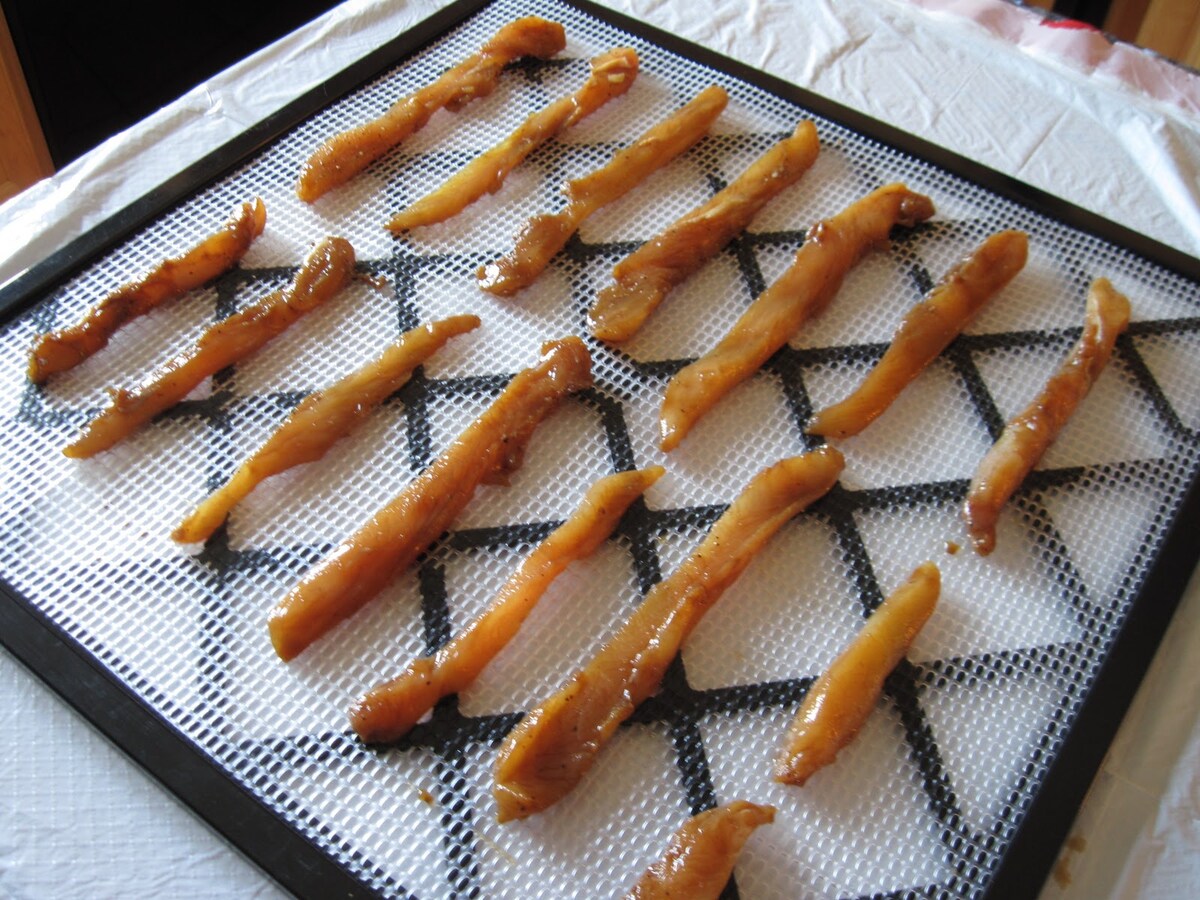
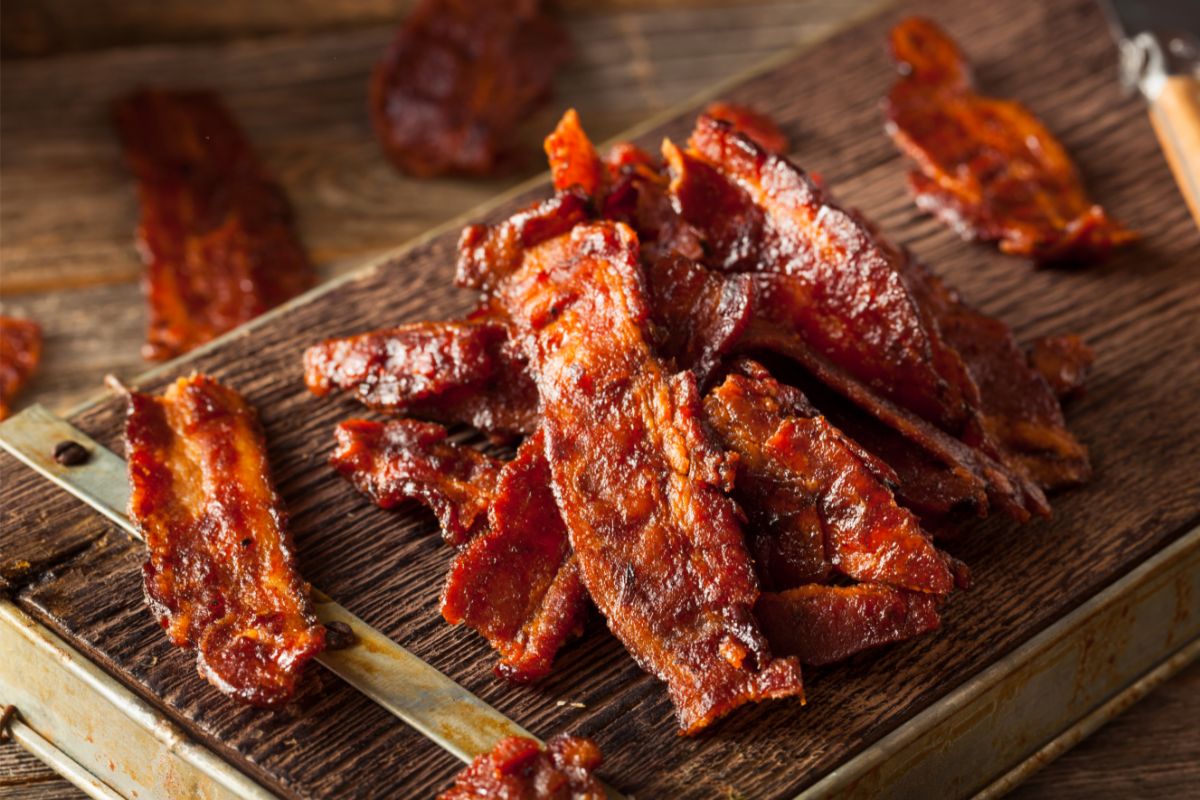
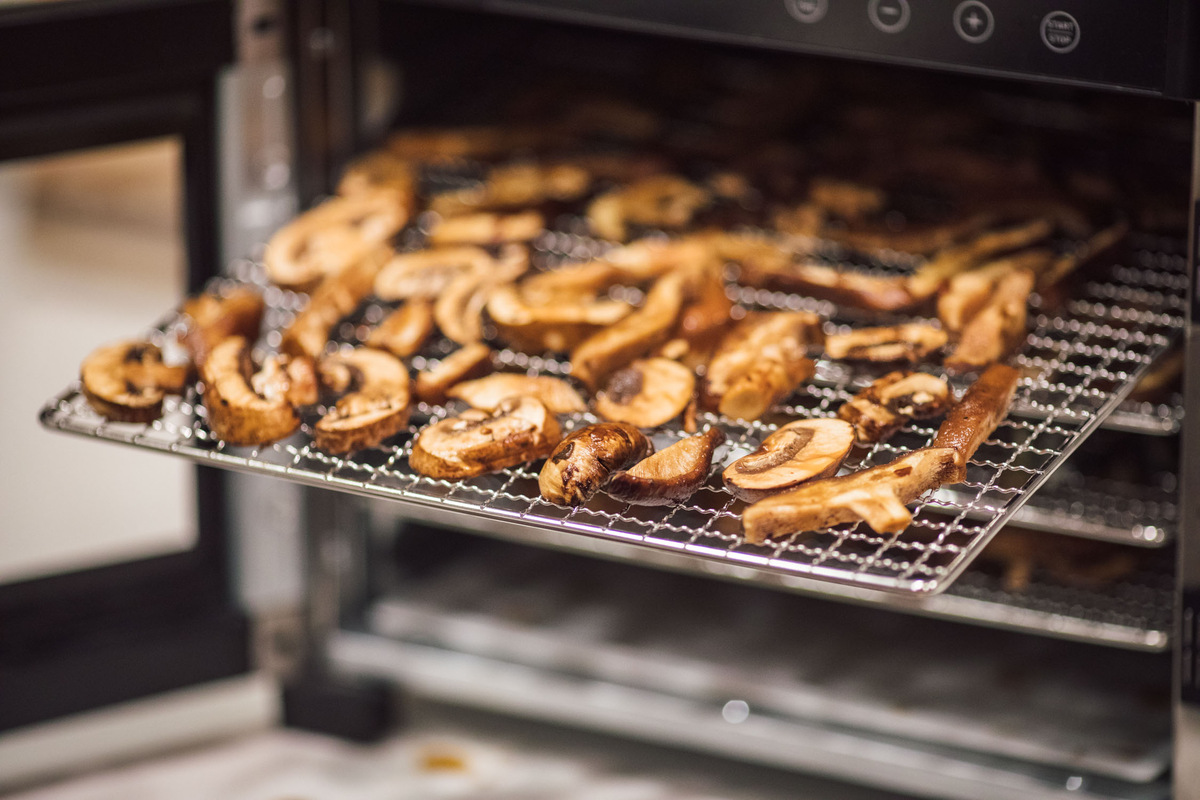
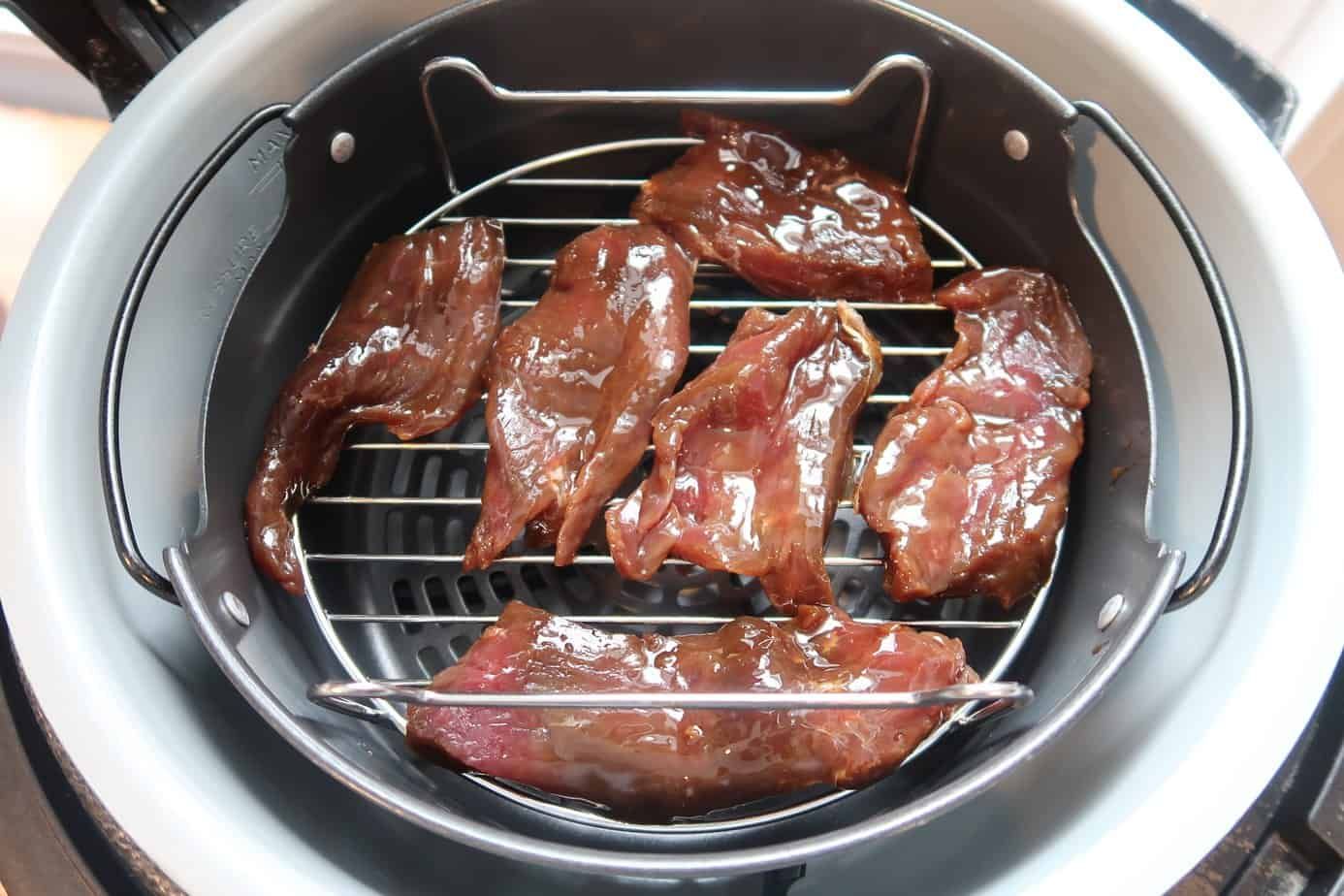
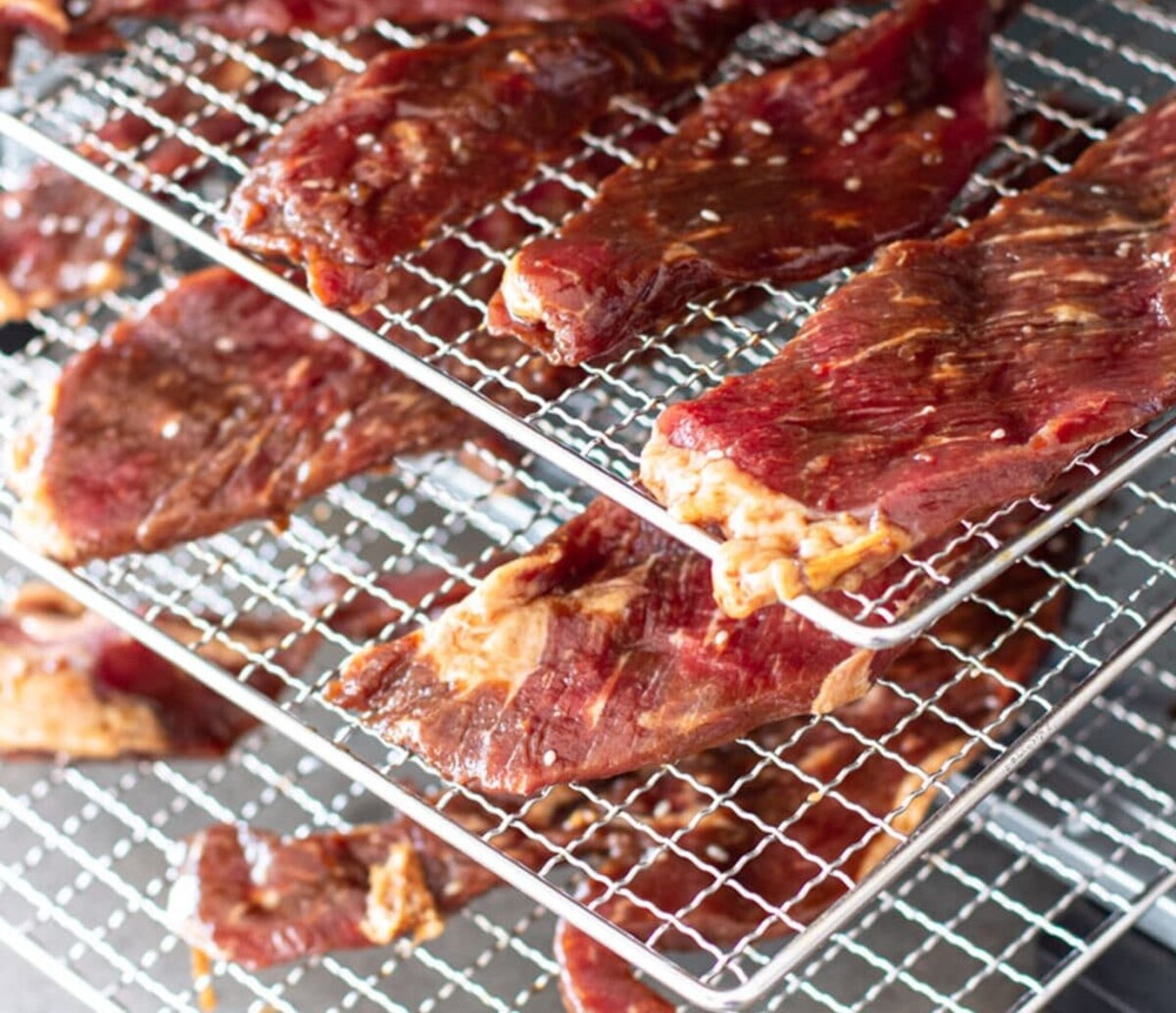
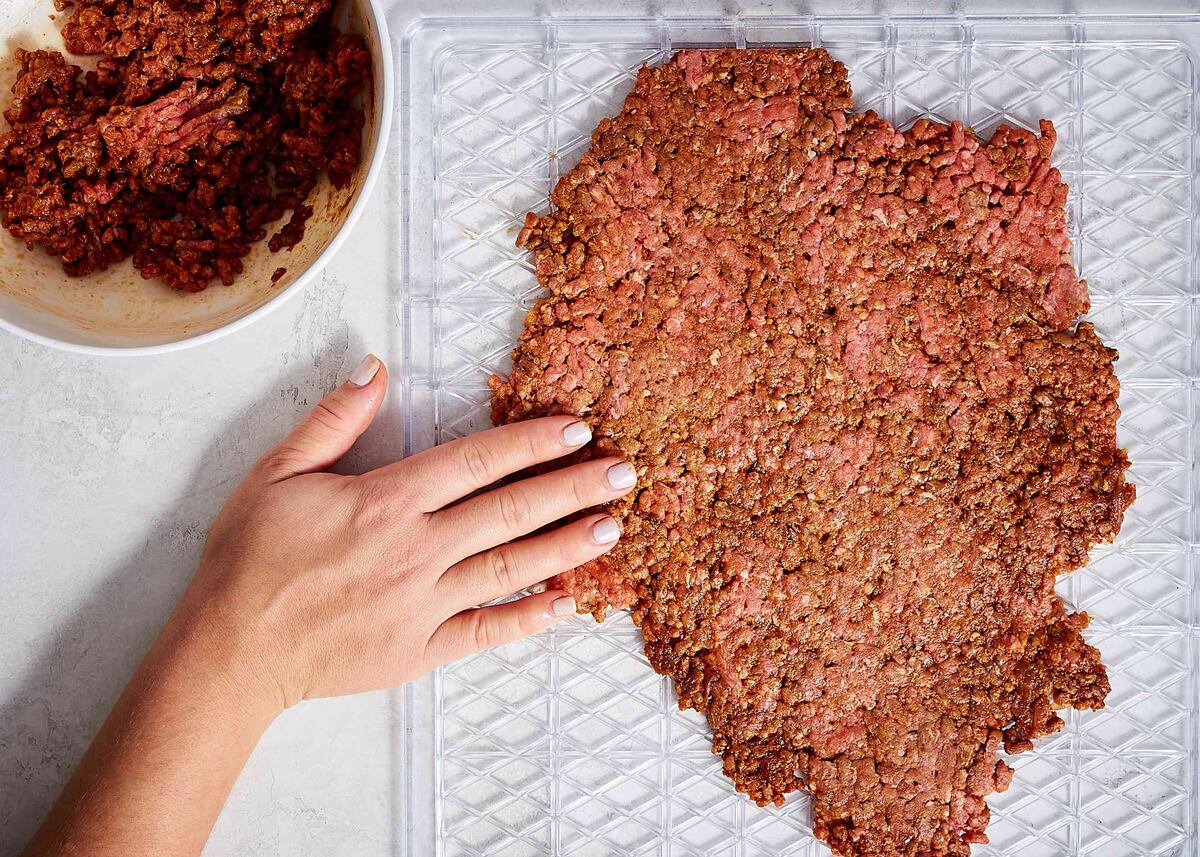
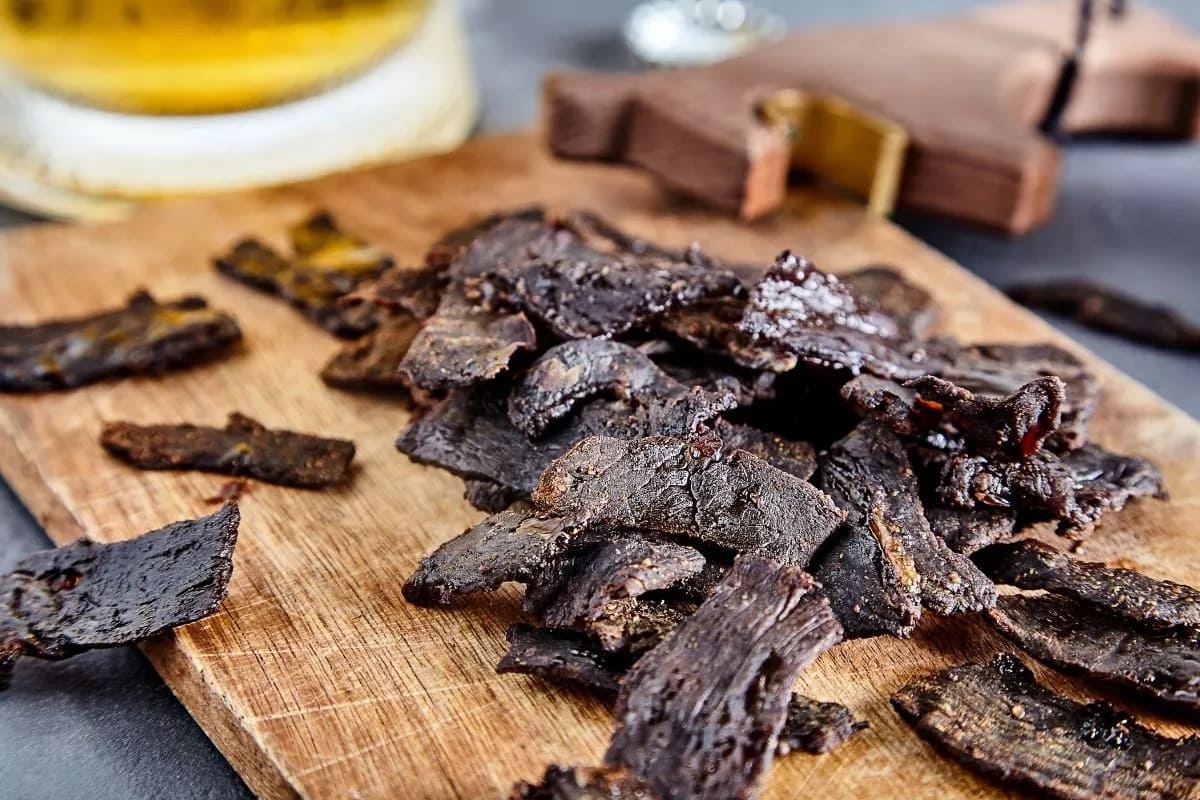
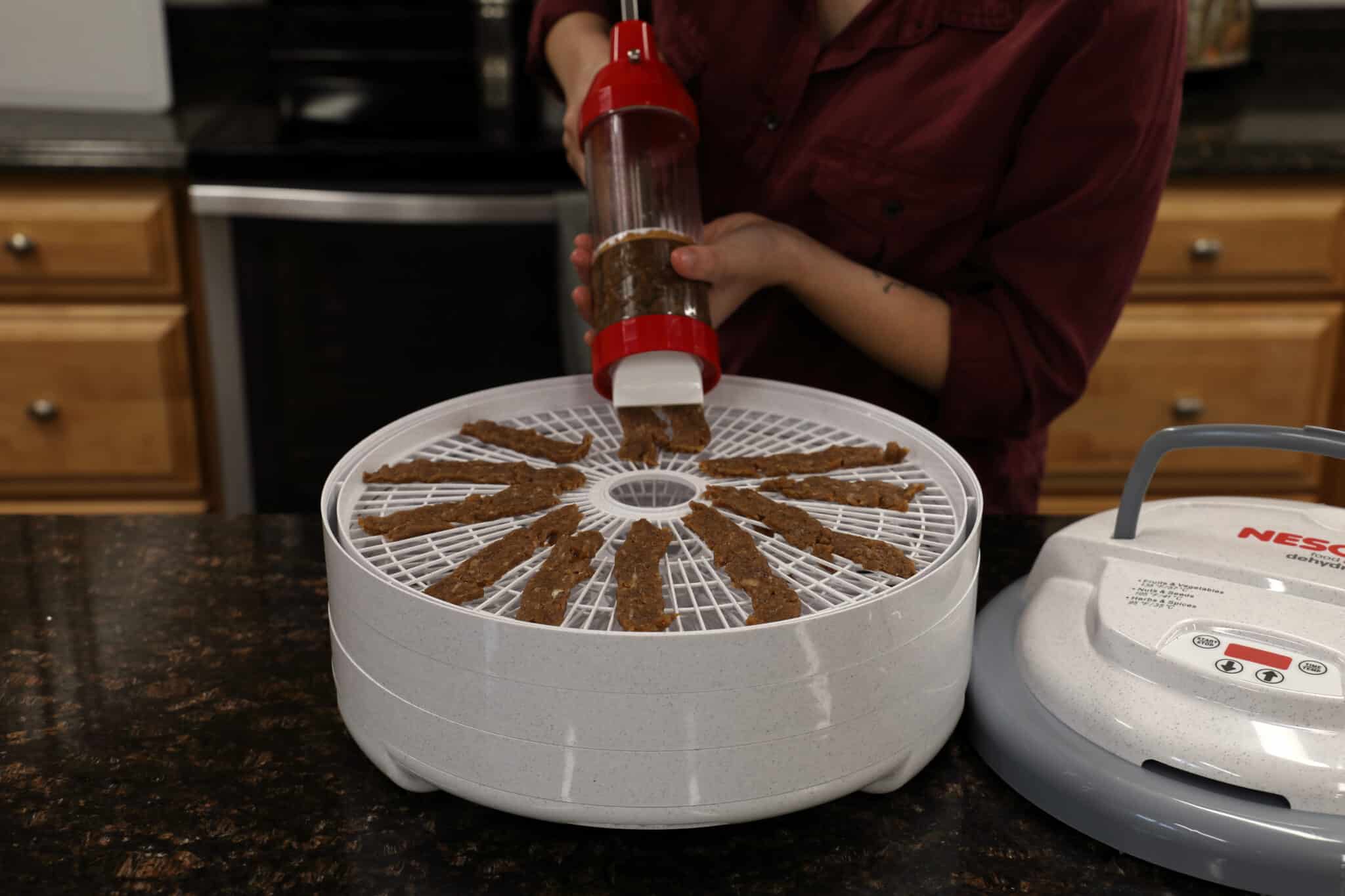
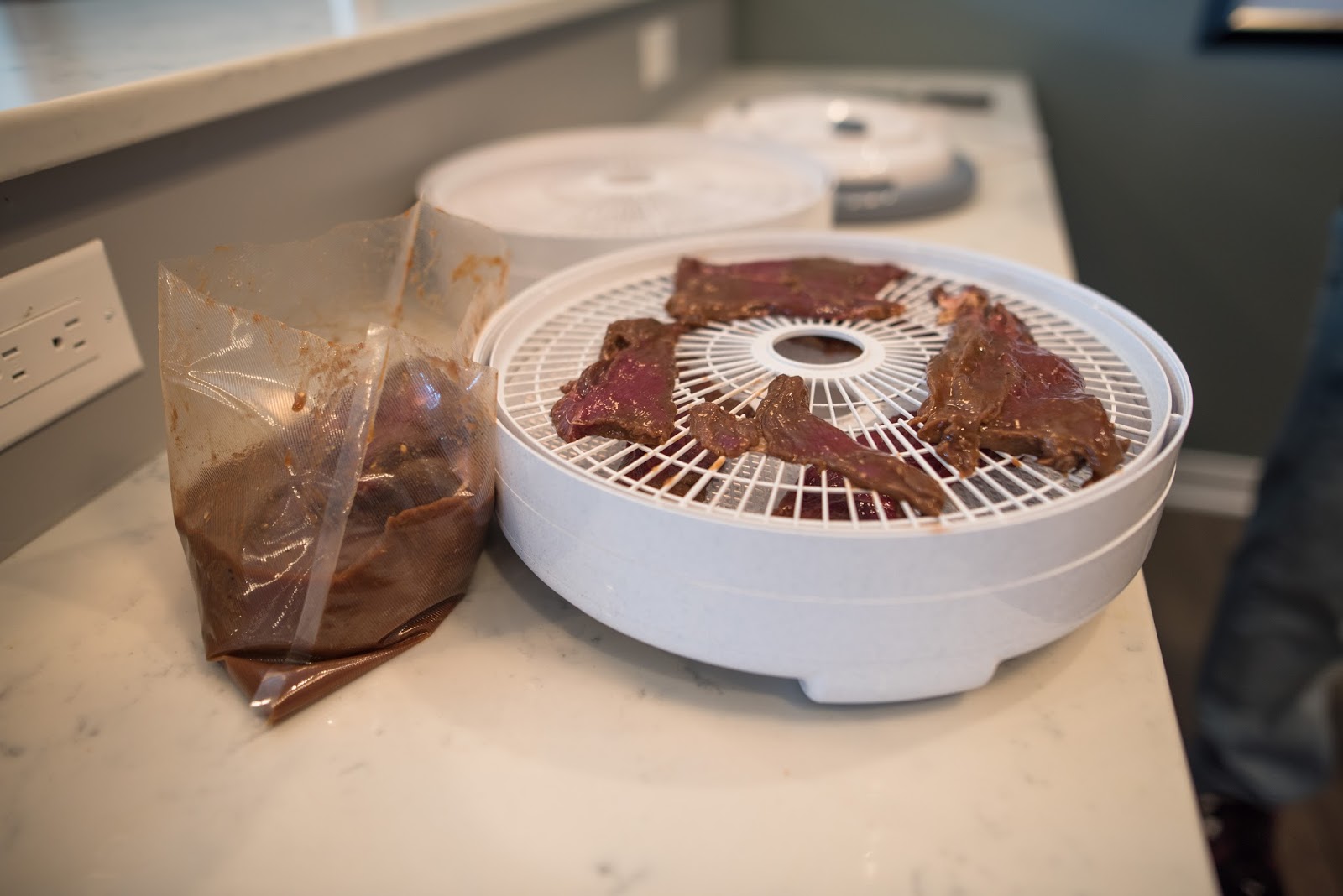
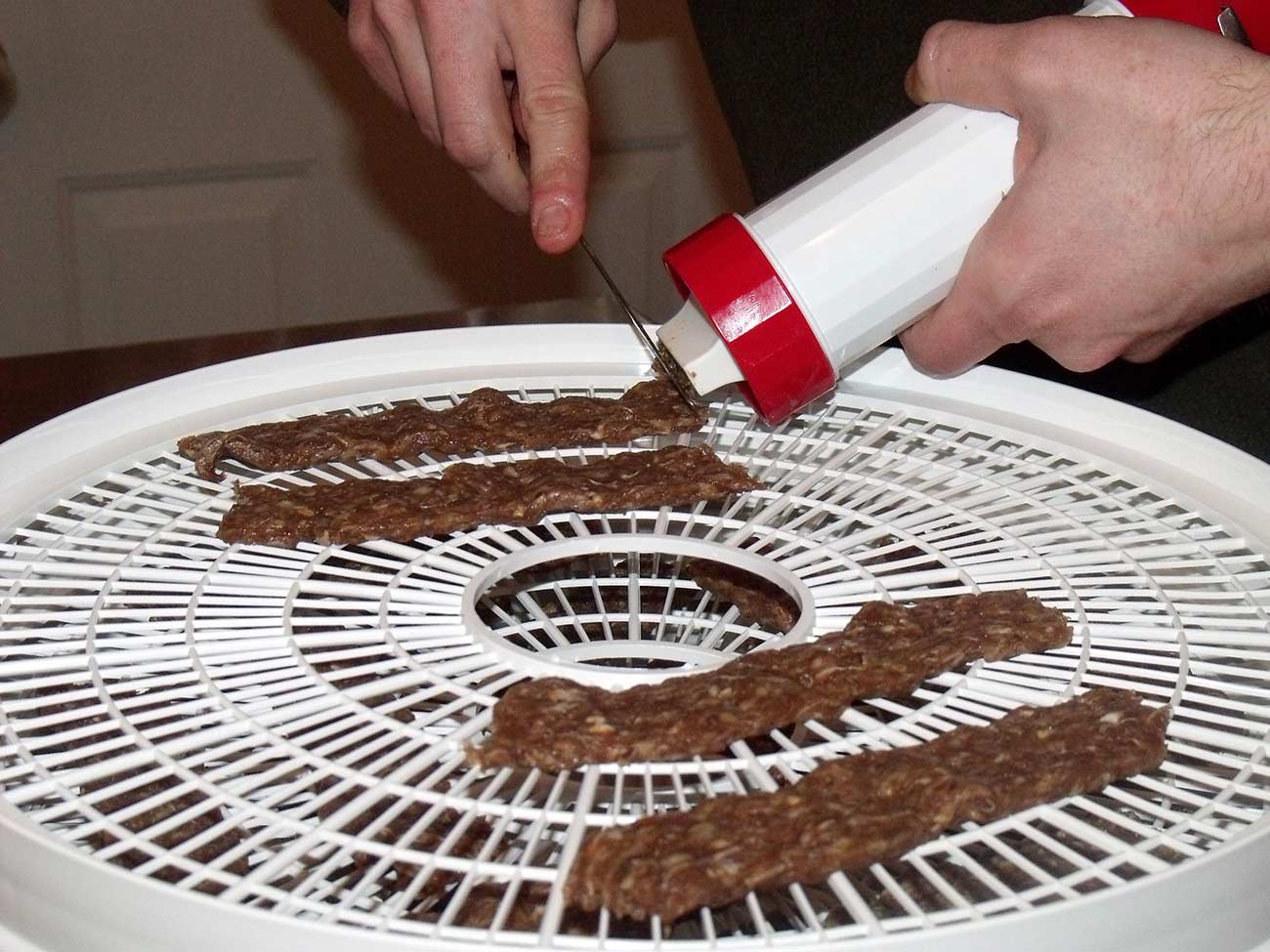
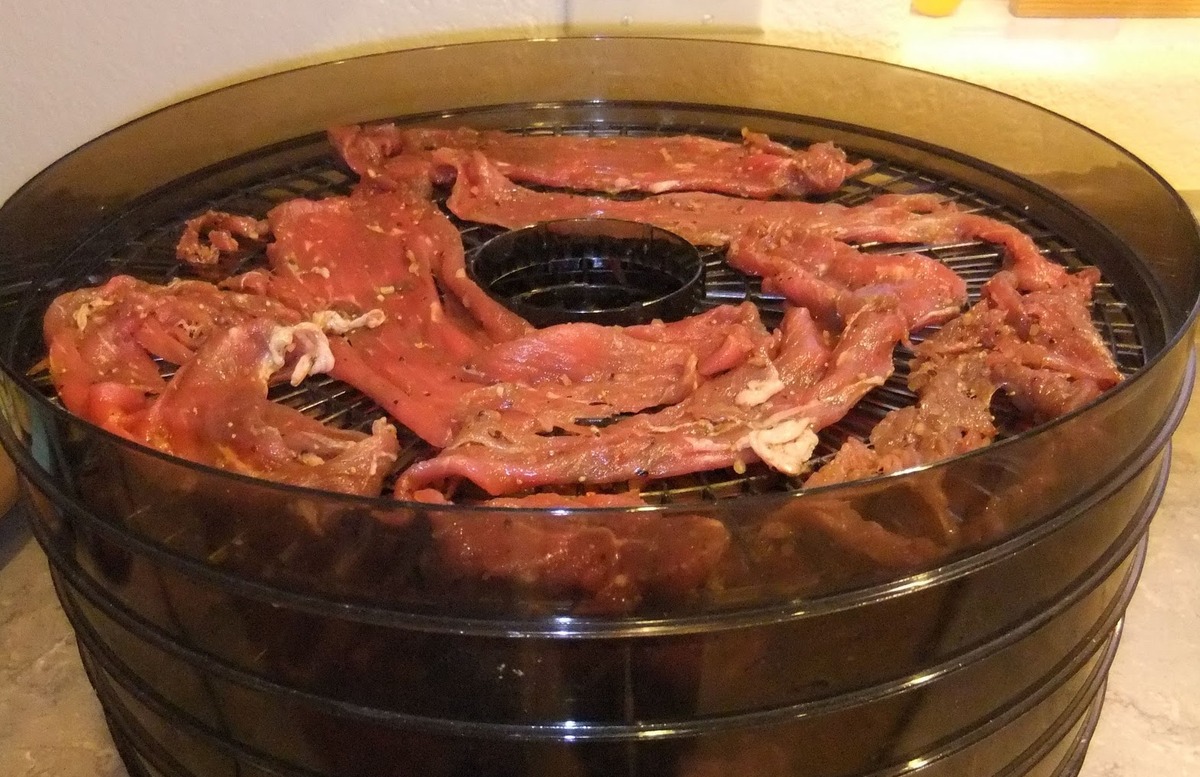
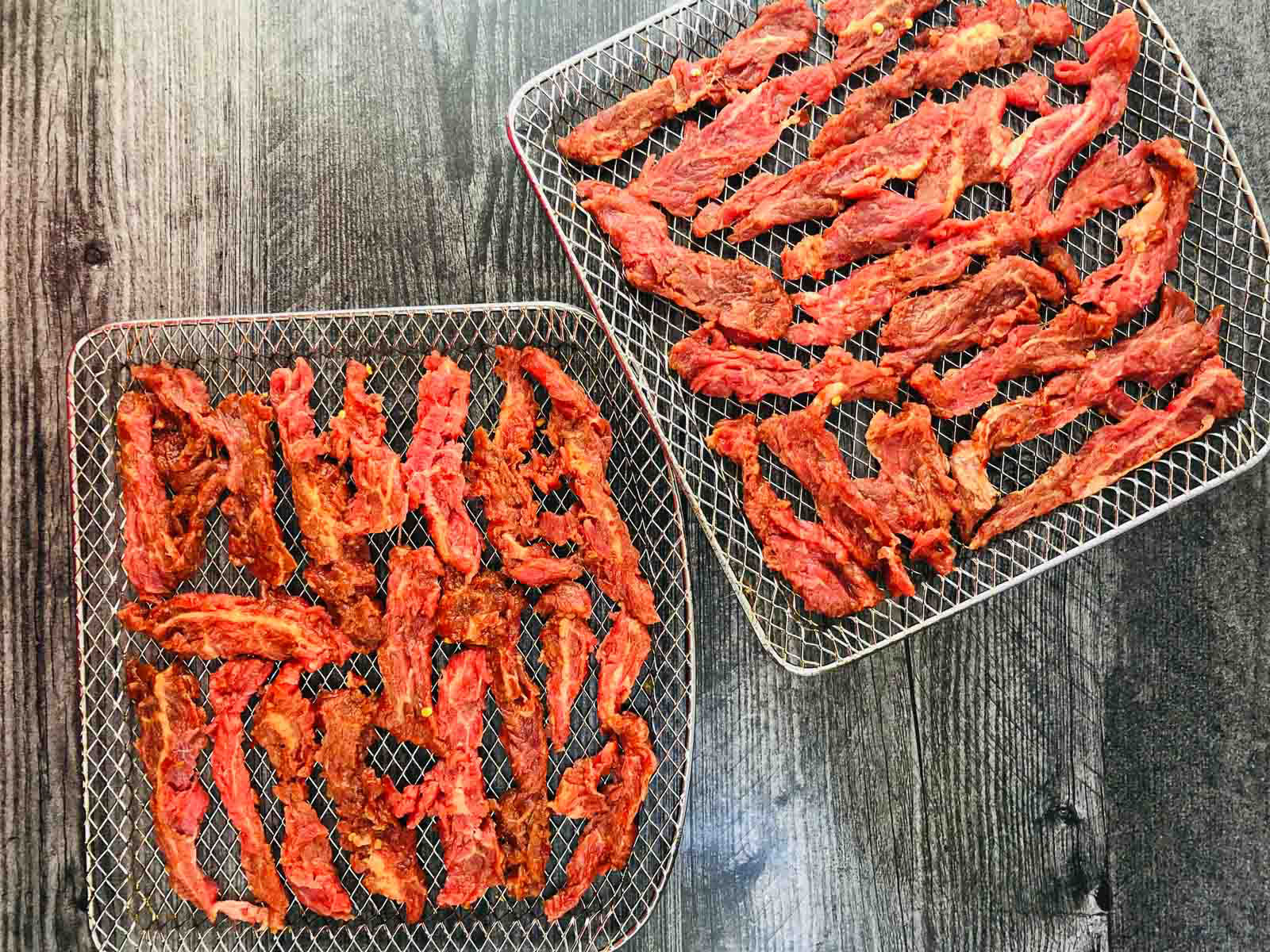
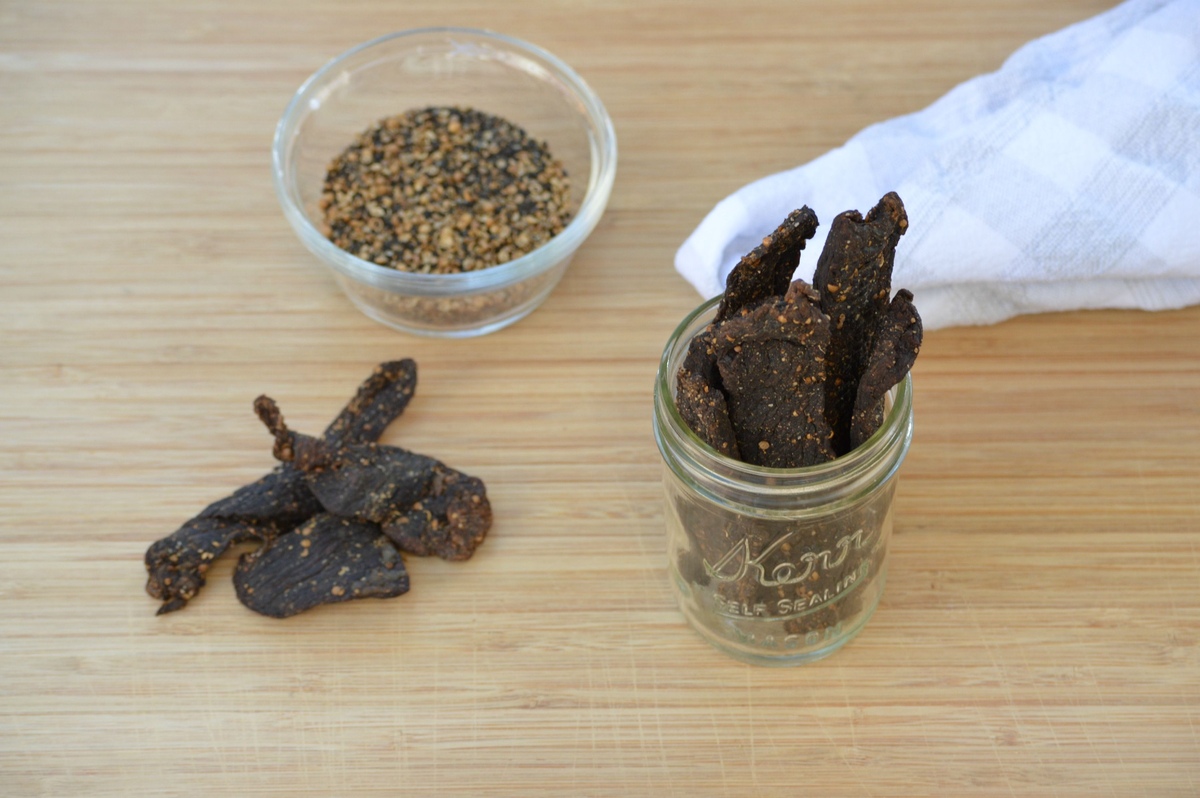


0 thoughts on “How To Make Turkey Jerky In A Dehydrator”